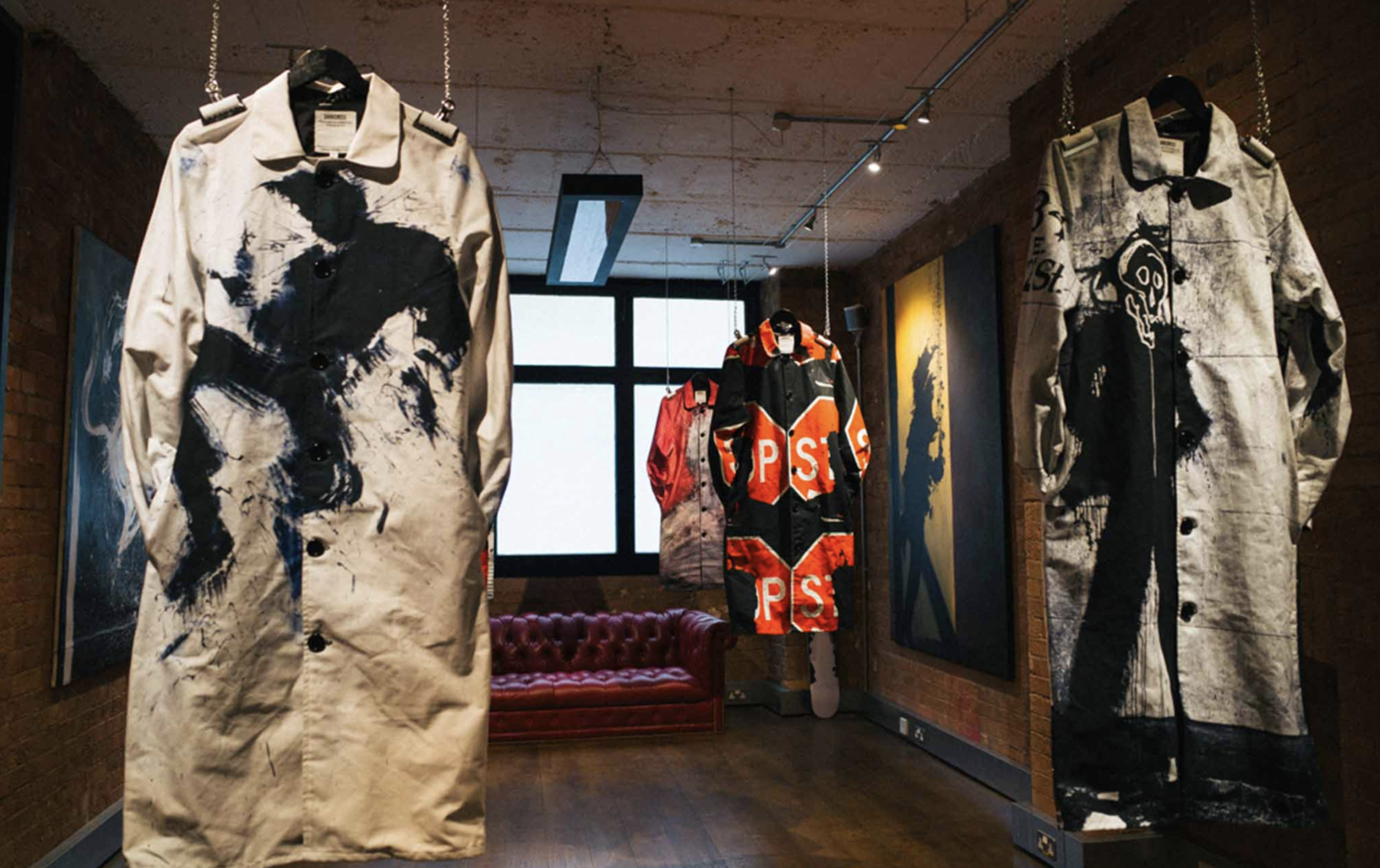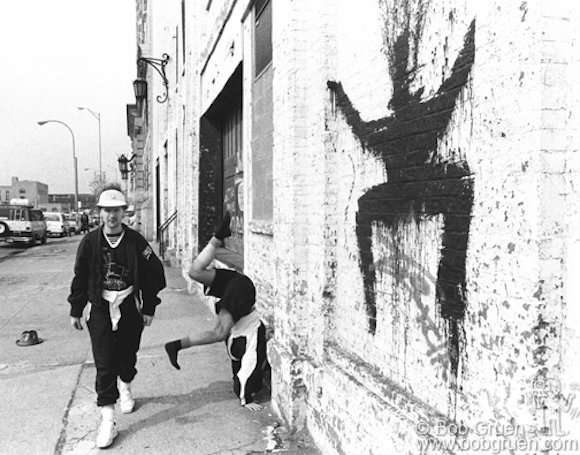Copywriter.
sabukaru.online Article: The Life and Death of the Shadowman
Richard Hambleton: The Godfather of Streetart
Street art is a phenomenon that seems to have no ceiling. Used as a muse of inspiration, a means of portraying philosophical or political messages, or simply a means to fit within a culture that finally felt like home to some. Much of what is known as modern street art can be dated and documented back from New York City's graffiti boom. Starting around the 1960s, maturing in the 1970s, and peaking with the subway train murals of the 1980s centered in the Bronx, street art has led, inspired, and cultivated a generation of creatives who not only think outside the box, but turn that box inside out, then stamp on it, and then spray paint over it.
‘The Godfather of Streetart’ - A title which holds so much weight against it that it’s hard to believe an individual could be dubbed this considering how under the radar he truly is. More so, the number of people who don’t know of the incredibly ludicrous, flashy, yet melancholic tale of the rise and fall to artistic stardom. Richard Hambleton, a self-destructive individual with a passion for beautifully chaotic art who would help bring street art to a new level, would appear, and then disappear like the many sketches he would emblazon on the walls of New York; like a shadow.
Many would know Richard as “The Shadowman” due to his most popular work being eerie silhouettes of lifelike, blacked-out figures that would lurk in dingy side alleys or street corners. “I painted the town black,” he once said. “They could represent watchmen or danger or the shadows of a human body after a nuclear holocaust or even my own shadow” and through his Shadowy figures, his fame would rise to the very top, sitting amongst his contemporaries such as Keith Haring and Jean-Michel Basquiat. The grisly watchmen were not his only work though, and Richard’s initial ideas would evolve and mutate before becoming the blackened-out figures.
Richard Hambleton, a pioneer of street art and a pivotal individual in between the ‘Abstract Expressionism’ and the graffiti boom of the 1980's, was a Canadian-born artist born on June 23rd, 1952 in Vancouver. He would go on to study at the Vancouver School of Art but was said to have started painting at a very young age from peers that knew him. His childhood is somewhat of a mystery, but what we do know is that Richard was an educated young man who was said to be always on the hinge it seemed, and who quickly would move away from education into a more conceptual scene. After his education, Richard would receive a grant from Vancouver to embark on a journey throughout America on his series titled ‘Image Mass Murder’ in 1976.
The smiley, handsome and hungry Richard would then move to New York in 1979. Ambitious, daring, and eccentric, this would be where the necrotic Shadow Men would emerge in numbers, rounding off to roughly 450 ghastly bodies in total. Before this though, one of Richard's most famous pieces was born. Self-titled “I only have eyes for you”. Starting in 1980, Richard would use his own image printed on blueprint paper so it would slowly fade over the course of a few months, creating a silhouette of what was once was there, which many believe was the original inspiration behind the birth of the Shadow silhouettes he would later go on to mark on the streets of New York.
The New York lifestyle would quickly have Hambleton wrapped up within its silky but hollow grasps. Dazzled by the nightlife, Richard would soon familiar himself with the correct crowd. Attending parties and shows, networking and schmoozing, and it is here that he would accompany himself with the likes of Haring and Basquiat to name a few. This crowd would soon to know him very well too, as he began spreading his plaque of Shadow Men amongst the street of New York by the night, like a nightcrawler.
Richard was said to have always been looking good, with multiple girls on his arms which looked even better. A rock star amongst the art world, he would have a magnetic pull that drew people in and made them love him and be fascinated with him. The press could not get enough of him, and so neither could the public. He quickly became a giant amongst men within the New York creative scene.




